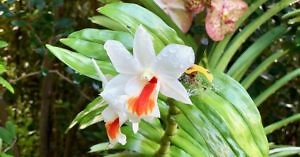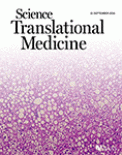If it’s Tuesday it must be Belgium
Today’s title refers a little tongue in cheek to an old Britishism in reference to a 1960s film about group travel of all things – in those days people apparently took bus tours to various places around Europe to see the sights, often with disastrous results or with comedic events ensuing…
 For me, in the modern world the catchy phrase has always been about the transfer or shuttle day between different cities for cancer conferences – sometimes ASCO and EHA have been back to back, for example, while Tuesday is always the frantic shuttle day between ASH and SABCS for many. At least this year with the virtual events there won’t be unexpected delays due to an ice storm in Dallas or some other vagary of inclement weather causing chaos!
For me, in the modern world the catchy phrase has always been about the transfer or shuttle day between different cities for cancer conferences – sometimes ASCO and EHA have been back to back, for example, while Tuesday is always the frantic shuttle day between ASH and SABCS for many. At least this year with the virtual events there won’t be unexpected delays due to an ice storm in Dallas or some other vagary of inclement weather causing chaos!
As we straddle events between ASH and SABCS, not to mention ESMO IO coming up at the weekend, it’s time for some discussion around some emerging feel-good data to be greatly encouraged by, as well as a thought leader interview from a specialist in the TKI space.
To learn more from our oncology analysis and get a heads up on the latest insights, expert interview, and commentary pertaining to the ASH meeting, subscribers can log-in or you can click to gain access to BSB Premium Content.
This content is restricted to subscribers
 Rizwan Romee, Maximilian Rosario, Melissa Berrien-Elliott and colleagues at the Washington University School of Medicine in St Louis (
Rizwan Romee, Maximilian Rosario, Melissa Berrien-Elliott and colleagues at the Washington University School of Medicine in St Louis (